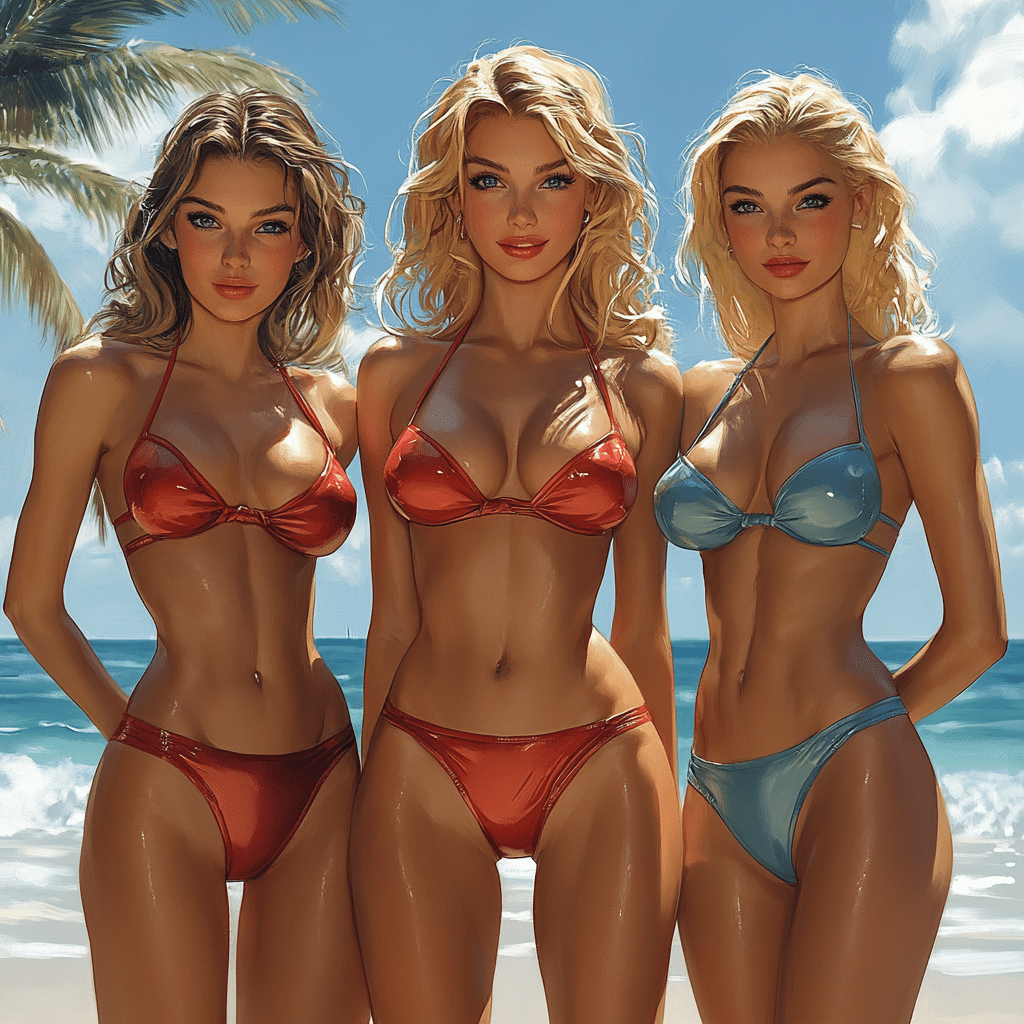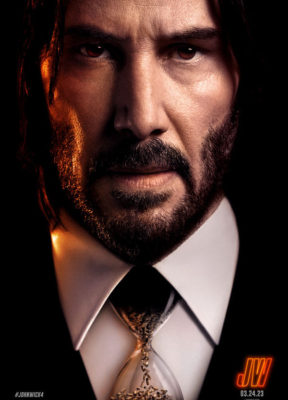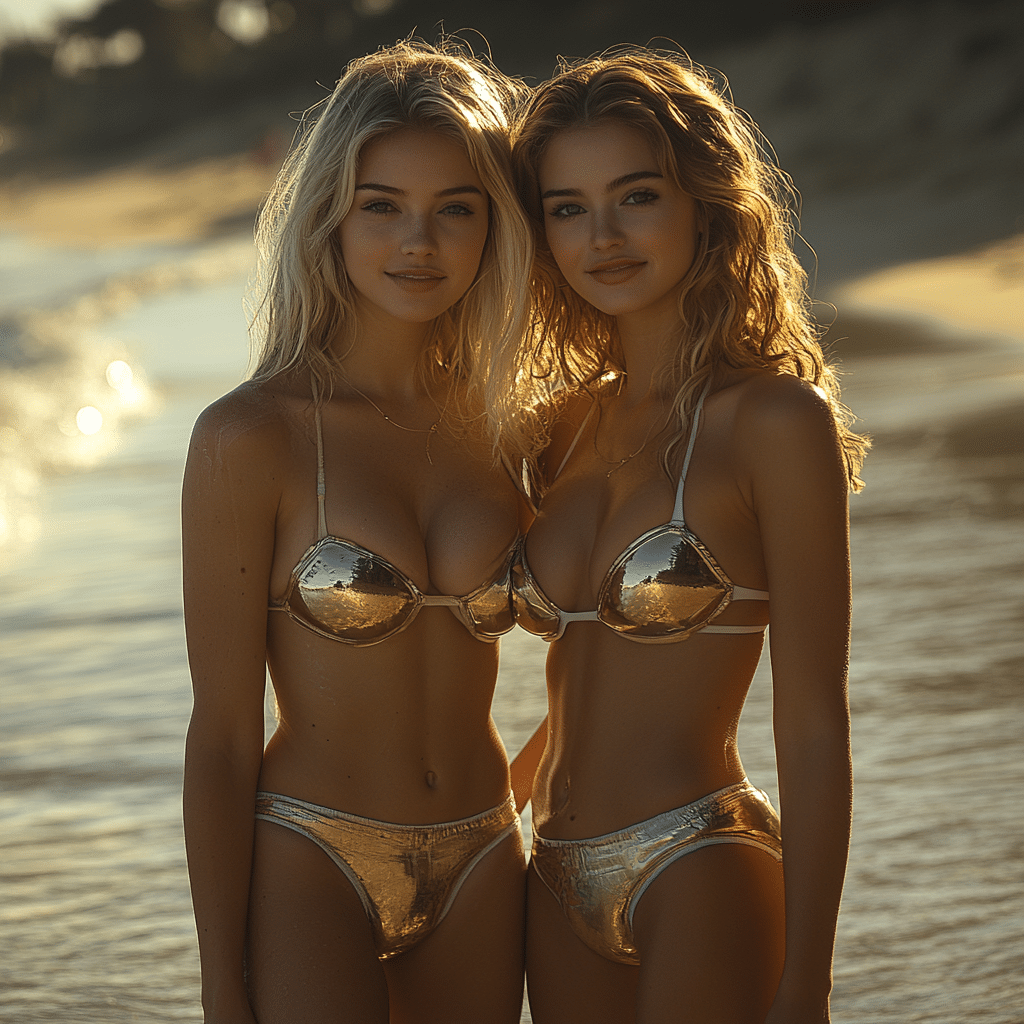
Bikini Models Who Changed Fashion Forever
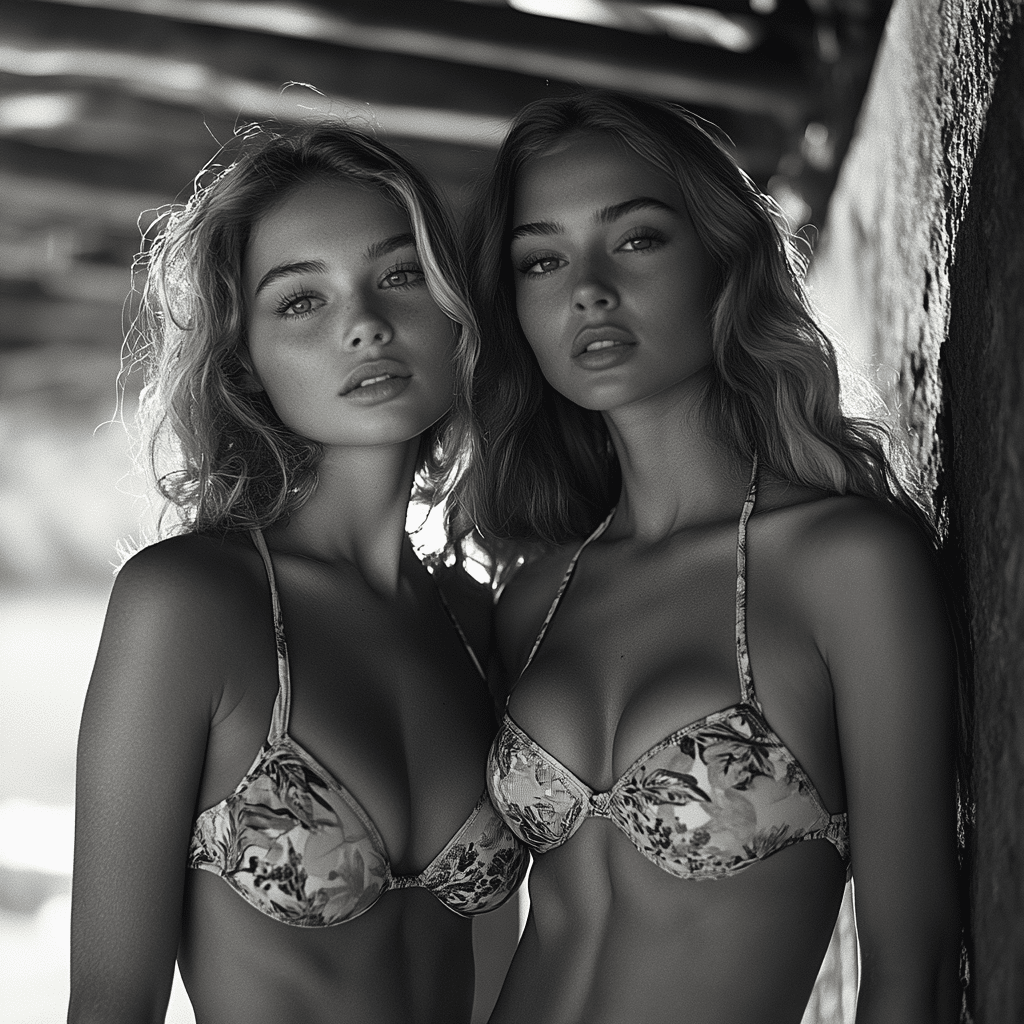
The Evolution of Bikini Models in Pop Culture
Bikini models have not just changed the fashion industry; they’ve transformed societal views on body image, confidence, and self-expression. Ever since the bikini broke into the public consciousness in the 1940s, models became critical figures in promoting the bikini as a summer essential and a high fashion item. The influence of bikini models extends far beyond mere aesthetics; they’ve marked significant shifts in cultural attitudes related to nudity and body positivity, helping craft a narrative that celebrates diverse body types and styles.
The rise of the bikini in the mid-20th century coincided with major societal shifts. Models of this era, including stars like Marilyn Monroe and Brigitte Bardot, didn’t just showcase bikinis; they redefined femininity in pop culture. This transformation laid the groundwork for later generations of bikini models to advocate for body confidence and challenge traditional standards of beauty. The bikini evolved from a controversial swimwear choice to a symbol of empowerment, capturing the spirit of freedom and individual expression.
Fast forward to the present, and bikini models continue to shape perceptions of femininity and body standards through platforms like Instagram. With the rise of digital media, models craft their narratives, challenging cultural taboos surrounding body image. Gone are the days when bikini models only appeared in glossy magazines—now, they’re real women celebrating their bodies in every shape and size.
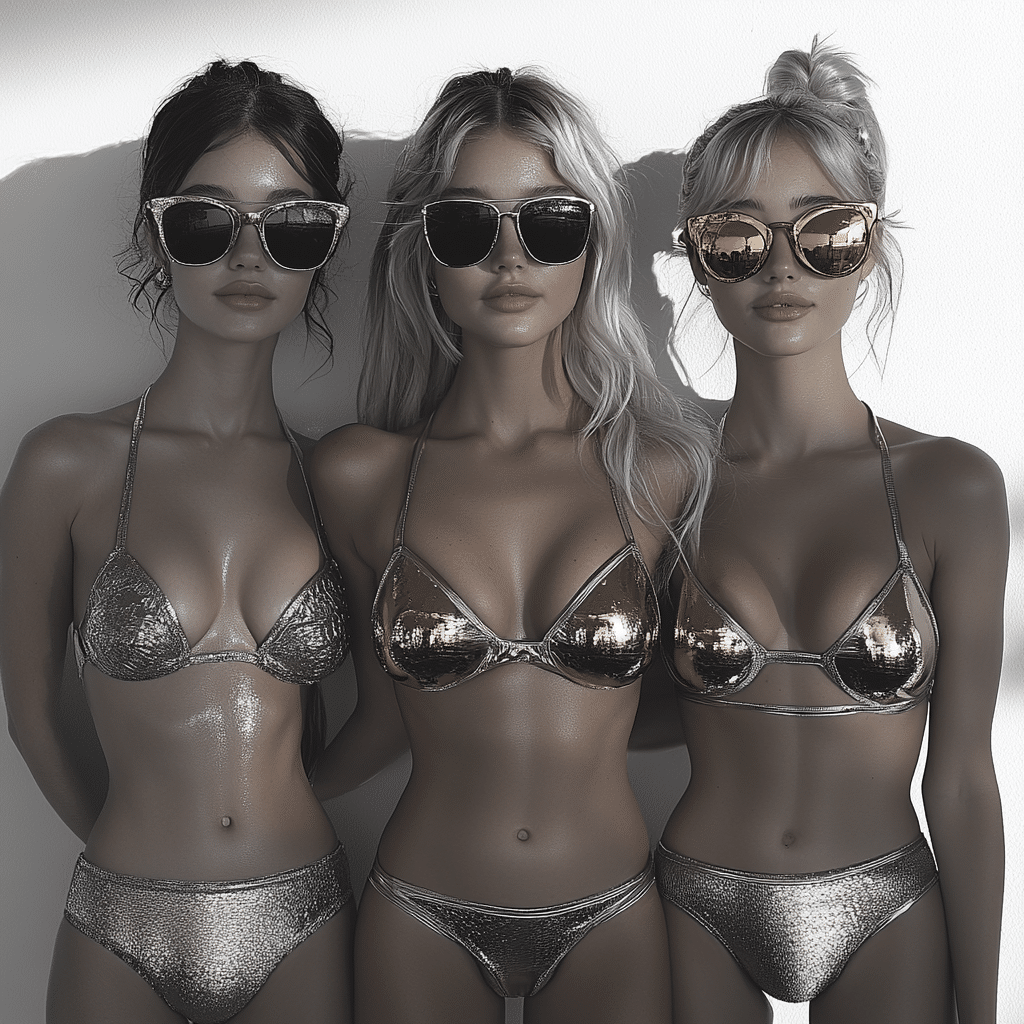
Top 7 Bikini Models Who Revolutionized the Industry
Often regarded as one of the original sex symbols, Marilyn Monroe made waves in the fashion industry after her sultry portrayal in the 1953 film How to Marry a Millionaire. Monroe’s confidence and charisma helped the bikini transition from a controversial garment to a fashionable staple. She encouraged women to celebrate their sexuality, paving the way for future models to explore similar themes.
In 1956, Brigitte Bardot shattered norms with her performance in And God Created Woman. Her effortless beauty and charismatic demeanor made her an enduring symbol of liberation during the ’60s. Bardot effectively popularized casual beach culture, triggering wannabe lyrics worldwide that spoke of love, freedom, and rejuvenation.
The 1990s saw Pamela Anderson grace our screens in a red swimsuit on Baywatch, sealing her position as a cultural icon. The show’s success associated the bikini model with notions of allure and strength. Anderson’s striking presence linked high fashion to pop culture, leading brands to consider bold and sexy styles as mainstream.
A beacon for body positivity, Heidi Klum reshaped the bikini model landscape with her work as both a supermodel and entrepreneur. Her successful partnerships with brands like Victoria’s Secret and her own swimwear line have spotlighted models of varied body types. Klum’s advocacy demonstrates that beauty is diverse, further broadening the bikini market.
Tyra Banks made her mark not just as a model but as a television personality through her show, America’s Next Top Model. Banks ardently advocates for diversity and inclusion, encouraging the fashion industry to embrace models of all shapes and sizes. Her work has pushed the bikini market to shift from unrealistic portrayals to more authentic representations.
As a pioneer of the body positivity movement, Ashley Graham has transformed public perspectives on curvy bodies in swimwear. Collaborating with brands like Swimsuits For All, Graham’s influence has shown that all bodies are bikini bodies. By encouraging women to feel confident and sexy, she has reshaped norms surrounding how we view bikinis.
In modern fashion, Gigi Hadid stands as a visionary, influencing the bikini model scene with her eclectic style choices. Her work transcends traditional fashion, informing both luxury and street swimwear fashion. Hadid has become a role model for younger generations, inspiring them to experiment with new styles without fear.
The Influence Beyond the Runway: The Grit Behind Bikini Models
The impact of bikini models stretches well beyond the world of fashion; they’ve become catalysts for social change. By pushing boundaries and challenging cultural taboos surrounding nudity, these models have made space for diverse beauty norms to flourish. The rise of platforms like Instagram allows models to take charge of their narratives, bypassing typical media portrayals that often focus on a narrow standard of beauty.
Models such as Emily Ratajkowski utilize their social media influence to advocate for women’s rights and celebrate body autonomy. Through bold statements and authentic self-representation, they resonate with broader movements for acceptance and diversity in beauty standards. Ratajkowski’s powerful portrayal of nudity contributes to the normalization of various body types and encourages people to expand their understanding of beauty.
This cultural shift has led to a more significant acceptance of the bikini across different settings—from high fashion runways to everyday beach outings to bikini bottom entertainment, like concerts and music videos. As the fashion landscape continues to adapt, the bikini has become a relevant garment that permeates lifestyle and leisure activities, ushering in a new era where everyone feels empowered to don a bikini.
The Fashion Industry’s Response to Bikini Model Influences
The influx of social media bikini models advocating for body positivity has reshaped marketing strategies in the fashion world. Brands like Aerie have embraced a zero-retouching policy, opting for genuine and relatable representations of women in bikinis. By fostering authenticity in their advertising, these brands resonate with consumers eager for realness, thus promoting a culture of acceptance and confidence.
Moreover, fashion companies are becoming more inclusive in their offerings, catering to diverse body types. The growing demand for different representations has shifted the production and design of swimwear, leading to innovative styles that celebrate all bodies. As brands prioritize inclusivity, the traditional ideals of bikini models expand, reflecting a broader spectrum of beauty.
The emergence of “bikini bottom” entertainment reflects this cultural transformation, showcasing how swimwear is interwoven into various aspects of lifestyle events, be it music videos or festivals. This shift not only marks a change in consumer preferences but highlights the pivotal role of bikini models as trendsetters in contemporary culture.
Redefining Beauty Standards in 2024 and Beyond
As we step into 2024, the conversation around bikini models continues to shift, fueled by activism and the demand for diversity. Notable figures in the industry keep challenging outdated beauty ideals, sparking discussions that encourage broader depictions of body types in media. The integration of individuality in the realm of swimwear reinforces the idea that every body has a unique story worthy of celebration.
The dialogues initiated by bikini models will likely continue to champion issues like body acceptance and representation. This cultural evolution not only celebrates the aesthetics of swimwear but also fosters empowerment among individuals who embrace their bodies. Bikini models will, without a doubt, define fashion and influence how we perceive beauty in years to come.
In conclusion, bikini models have irrevocably transformed fashion, pushing boundaries and rewriting narratives around body image. They have captivated audiences, provoked discussions, and paved the way for a future where all shapes, sizes, and styles are celebrated. So here’s to the trailblazing bikini models—may their influence continue to inspire empowerment and self-love across generations!
Bikini Models Who Changed Fashion Forever
Glamour and Game Changers
Bikini models have played a pivotal role in transforming how we view swimwear and body image. The iconic introduction of the bikini in the 1940s by designer Louis Réard was a radical departure from the more modest swimwear of the time. It took bold women, like Brigitte Bardot, to flaunt this daring fashion on the beaches and screens, sending ripples through the modeling industry. Attracting attention from cinema, Rick And Morty season 6 humorously reflects how pop culture often grabs onto fashion trends, keeping them alive across generations.
Fast forward to the ’60s and ’70s, and bikini models like Cheryl Tiegs and Farrah Fawcett took center stage. Their stunning looks and confident poses reshaped societal norms around beauty and self-acceptance. These models weren’t just showcasing swimwear; they were embodying an idea of liberation and fun, much like the vibe captured in the spooky elements of the show, Spooky on My Block. They represented a new kind of woman: one who celebrated life, body positivity, and personal style.
The Era of Social Media
In the age of social media, bikini models have evolved into influencers, further changing the fashion landscape. The rise of platforms like Instagram has allowed models to cultivate massive followings, sharing their lives beyond the runway. Ryan Seacrest’s role as a host on Wheel of Fortune showcases how accessible media allows various personalities to thrive, much like bikini models leveraging their platforms to create their own brands. Fashion isn’t just about the clothes anymore; it’s about the stories and lifestyles behind them.
From sporting unique designs to advocating for body diversity, contemporary bikini models are wielding greater power than ever. They’ve transformed swimwear into a statement on self-empowerment. With each post, they embrace their individuality, shifting our perspectives on beauty standards. Consider the style of insouciant vibes that these models radiate, reminiscent of the carefree characters often highlighted in fashion magazines. Plus, you can’t overlook the savvy business strategies that models have adopted, similar to how Al Molinaro touched hearts and crossed paths in the entertainment world.
The Legacy Continues
Today, bikini models aren’t just walking the catwalk; they symbolize change, embracing different body types and aesthetics. The emergence of brands eager to include diverse representations highlights the sea change created by models who dared to be different. Just like how King Cobras in Casper, Wyoming, create their own path in a unique setting, bikini models are charting new territories in fashion, breaking old molds for future generations.
The legacy of bikini models reminds us of the brave women who found freedom in their expression. From the glamour of the past to the digital revolution, these incredible figures have not just changed fashion; they’ve encouraged empowerment and self-love in countless individuals. So, next time you’re lounging at the beach, think about the journey of these trailblazers—they’ve made waves in more ways than one!
